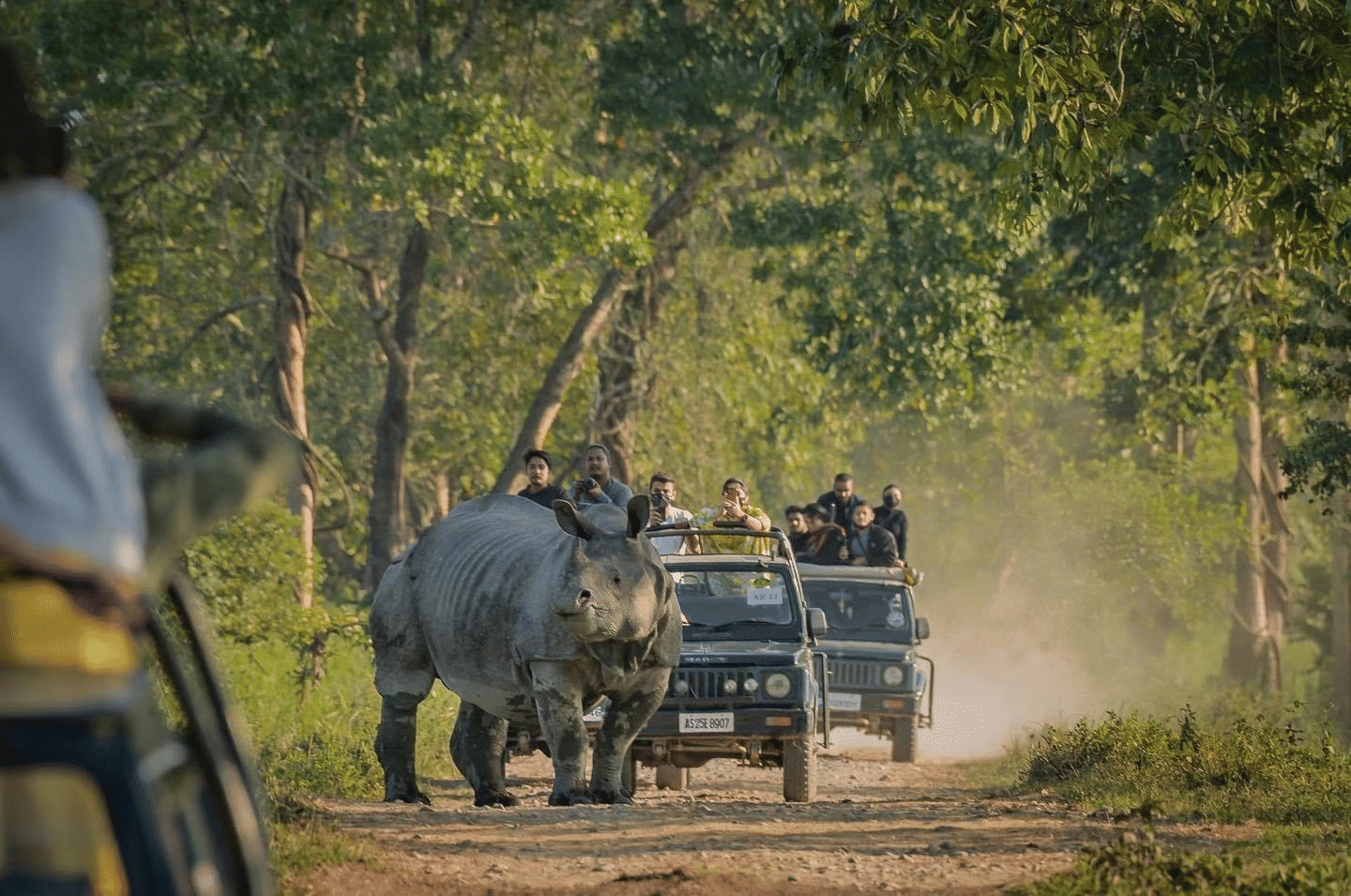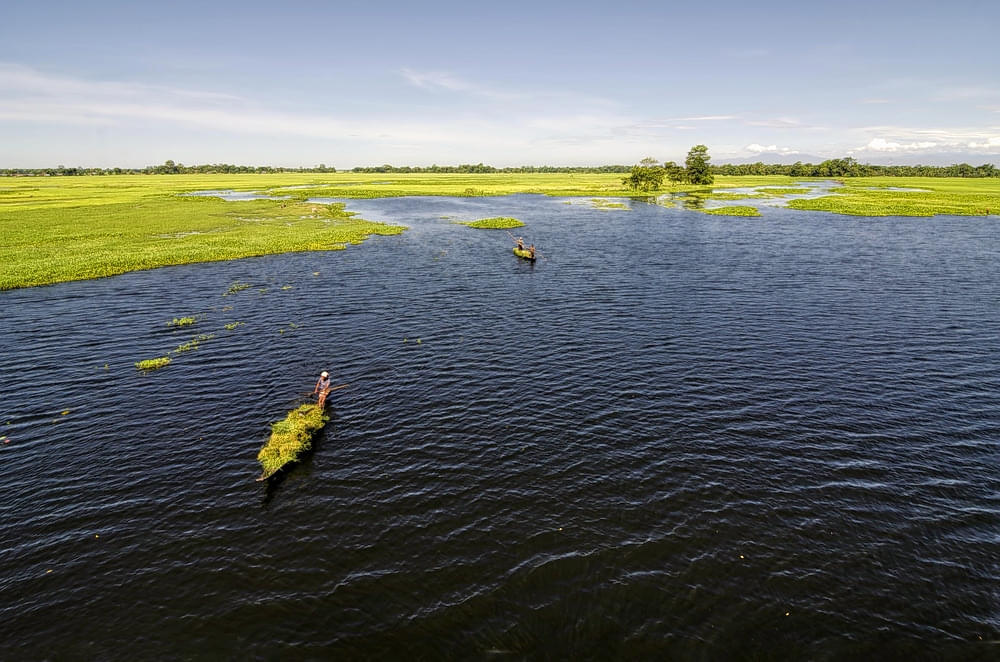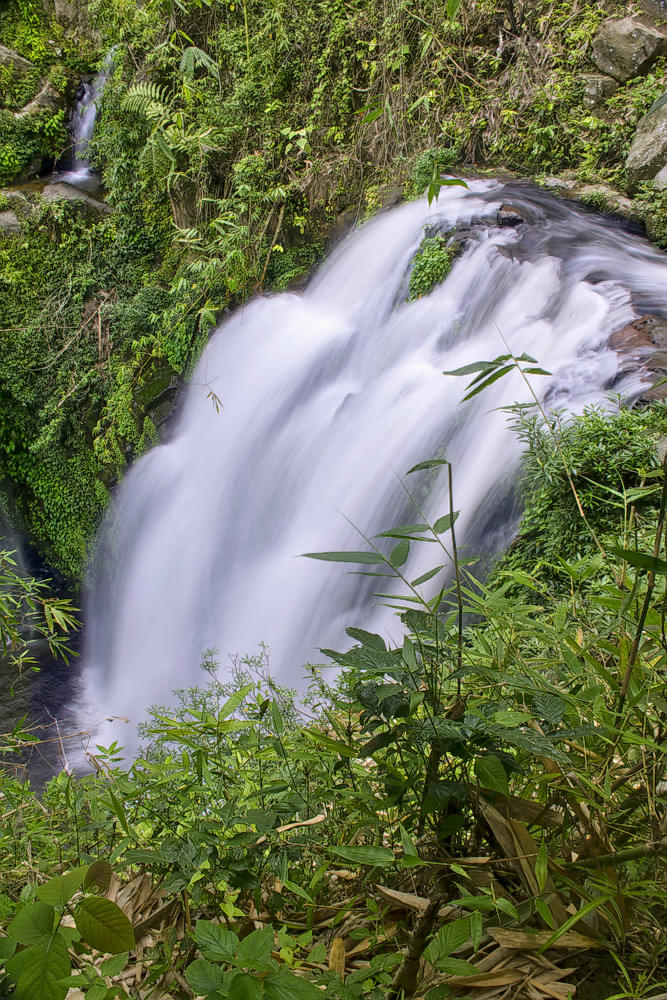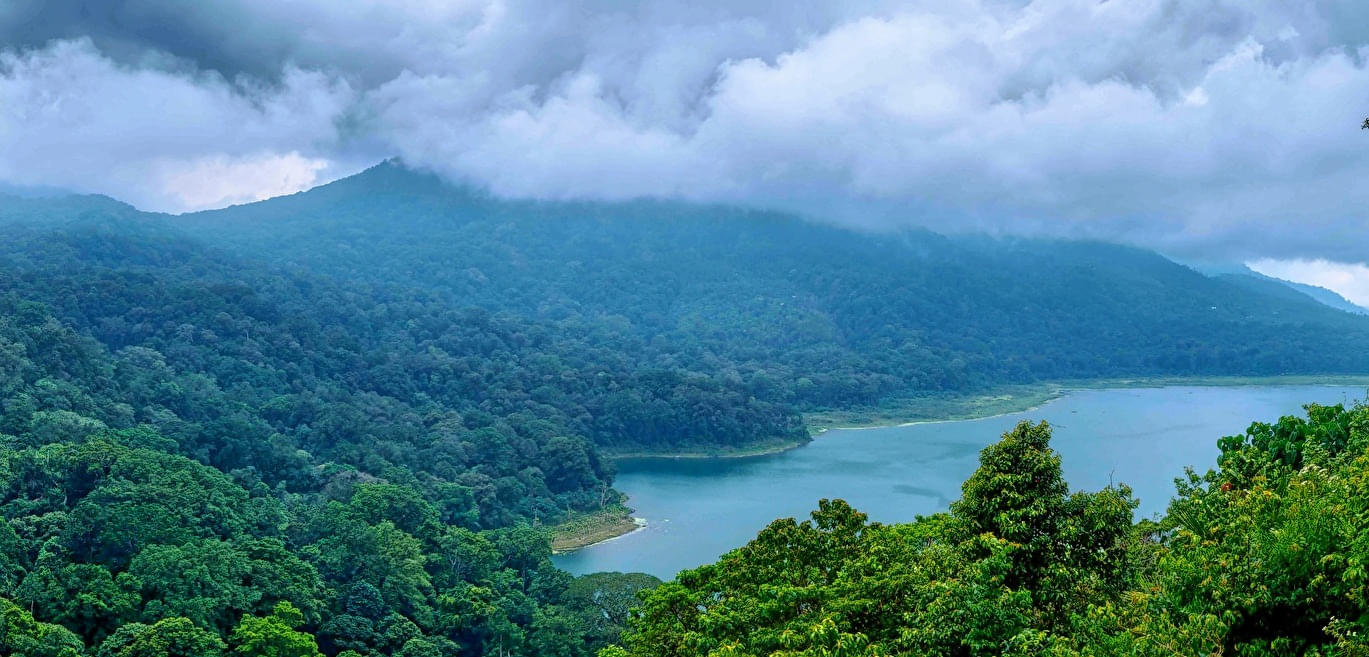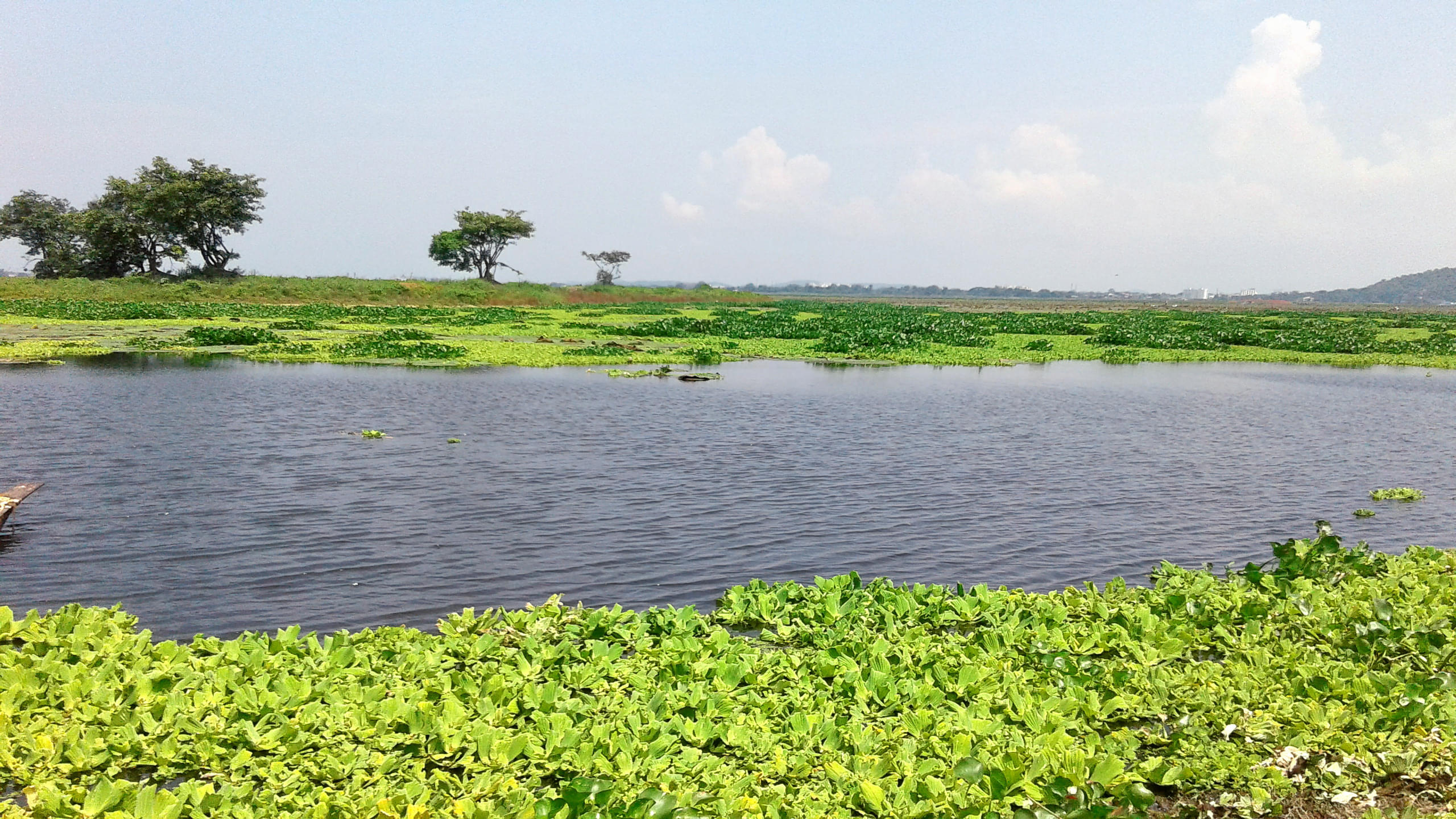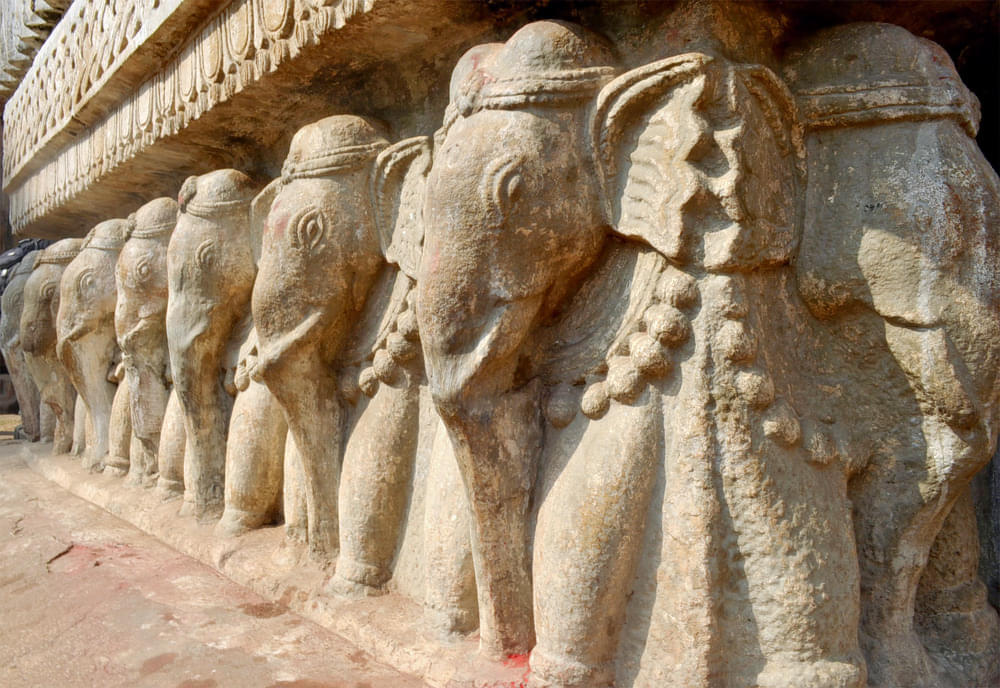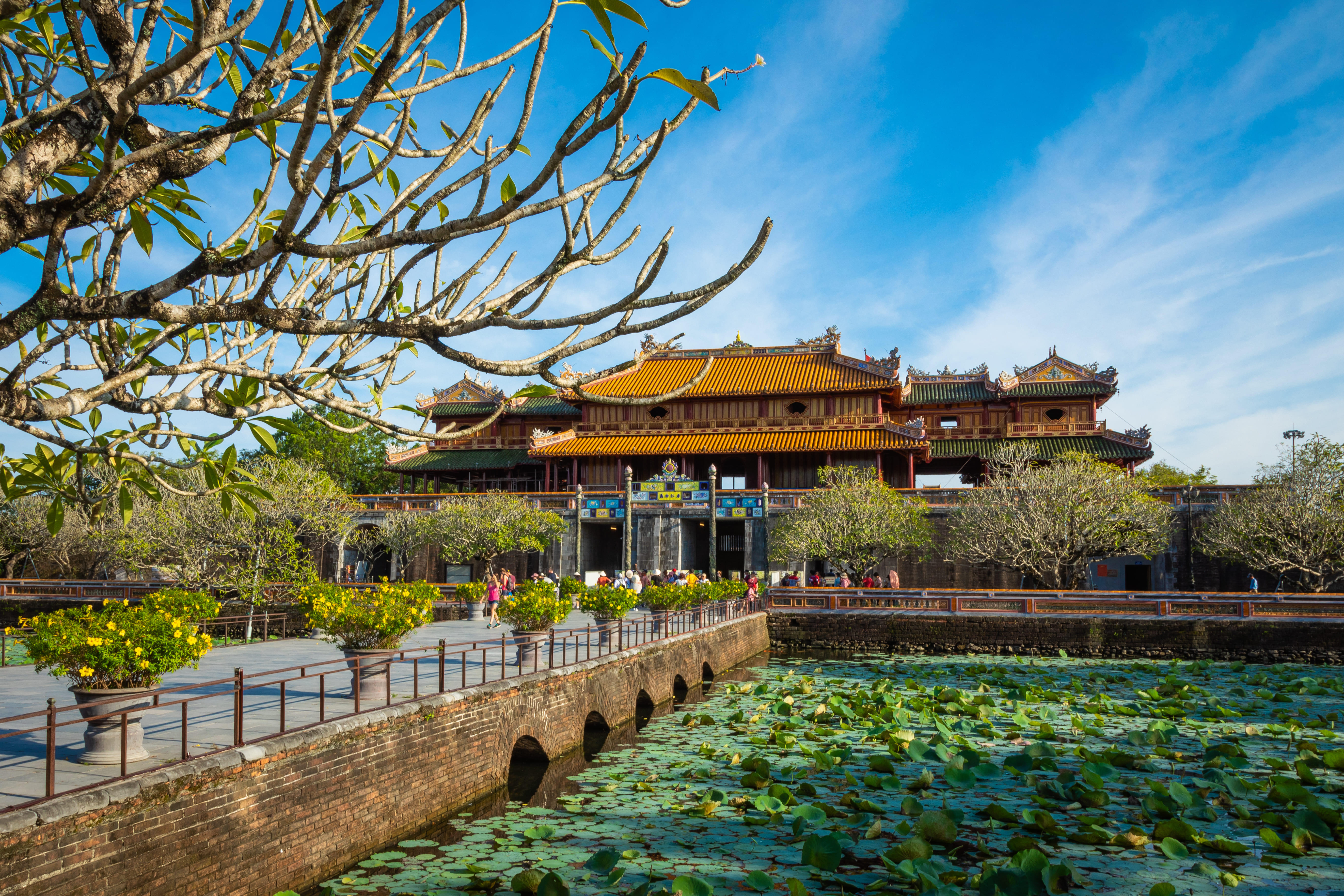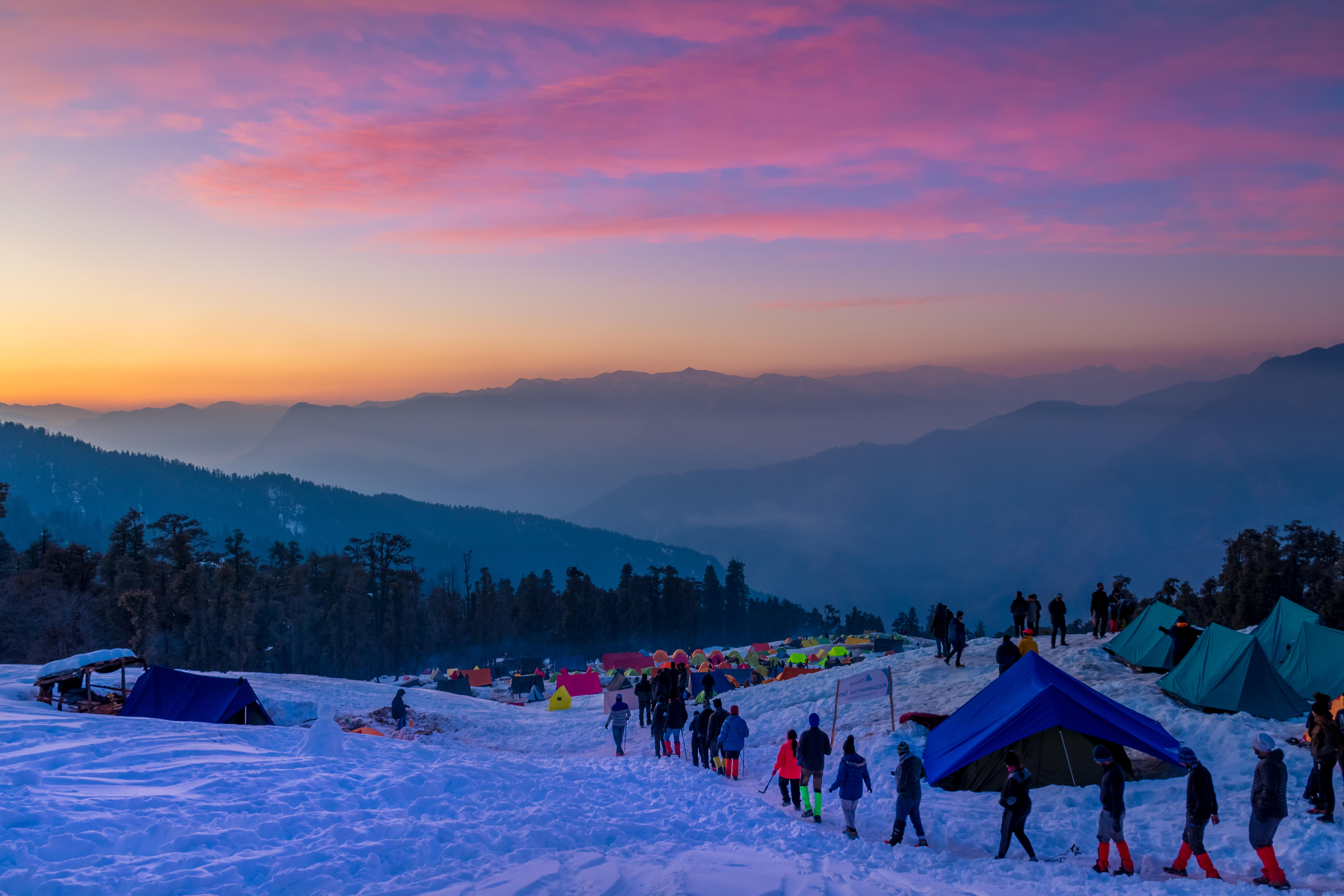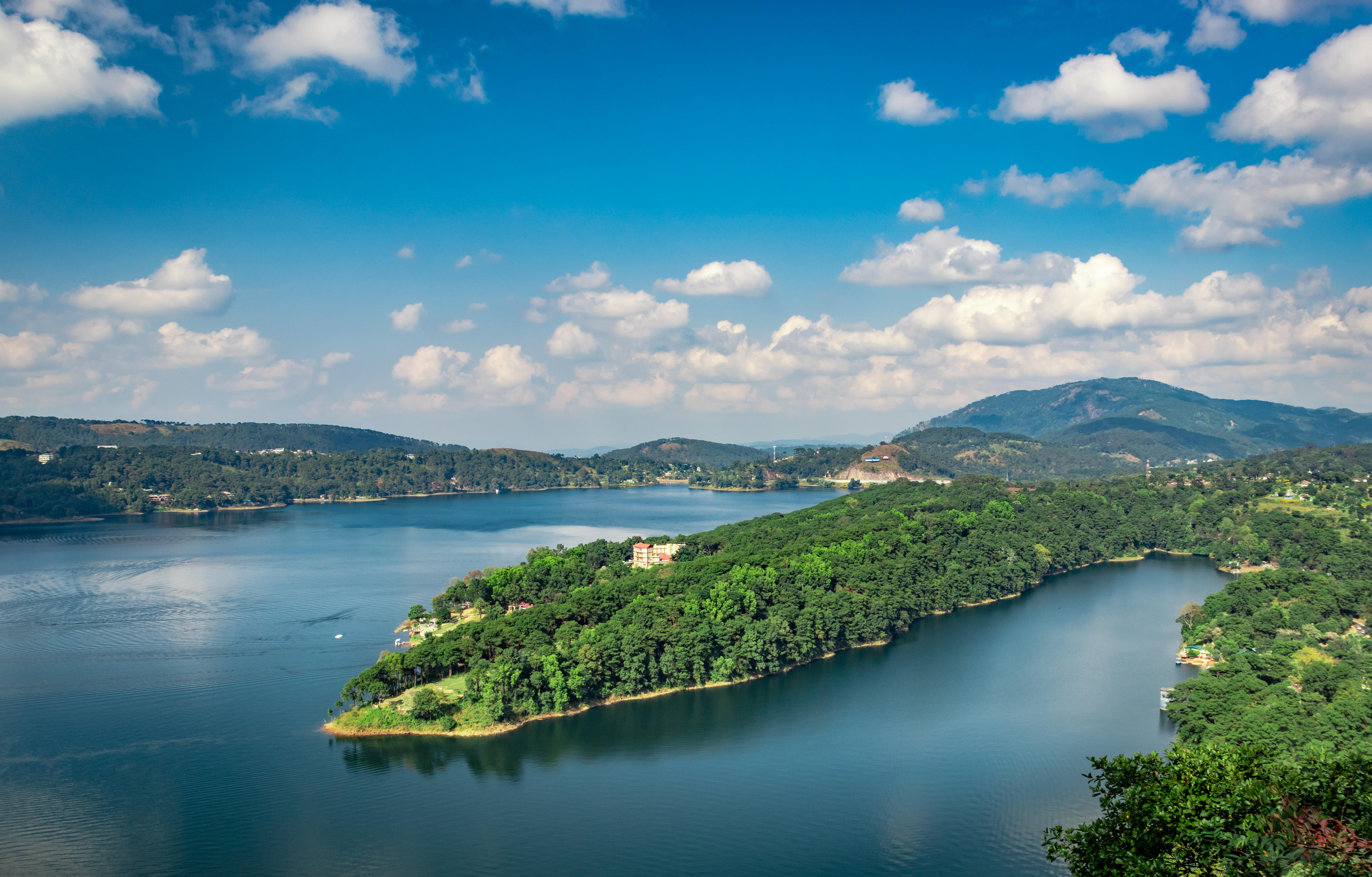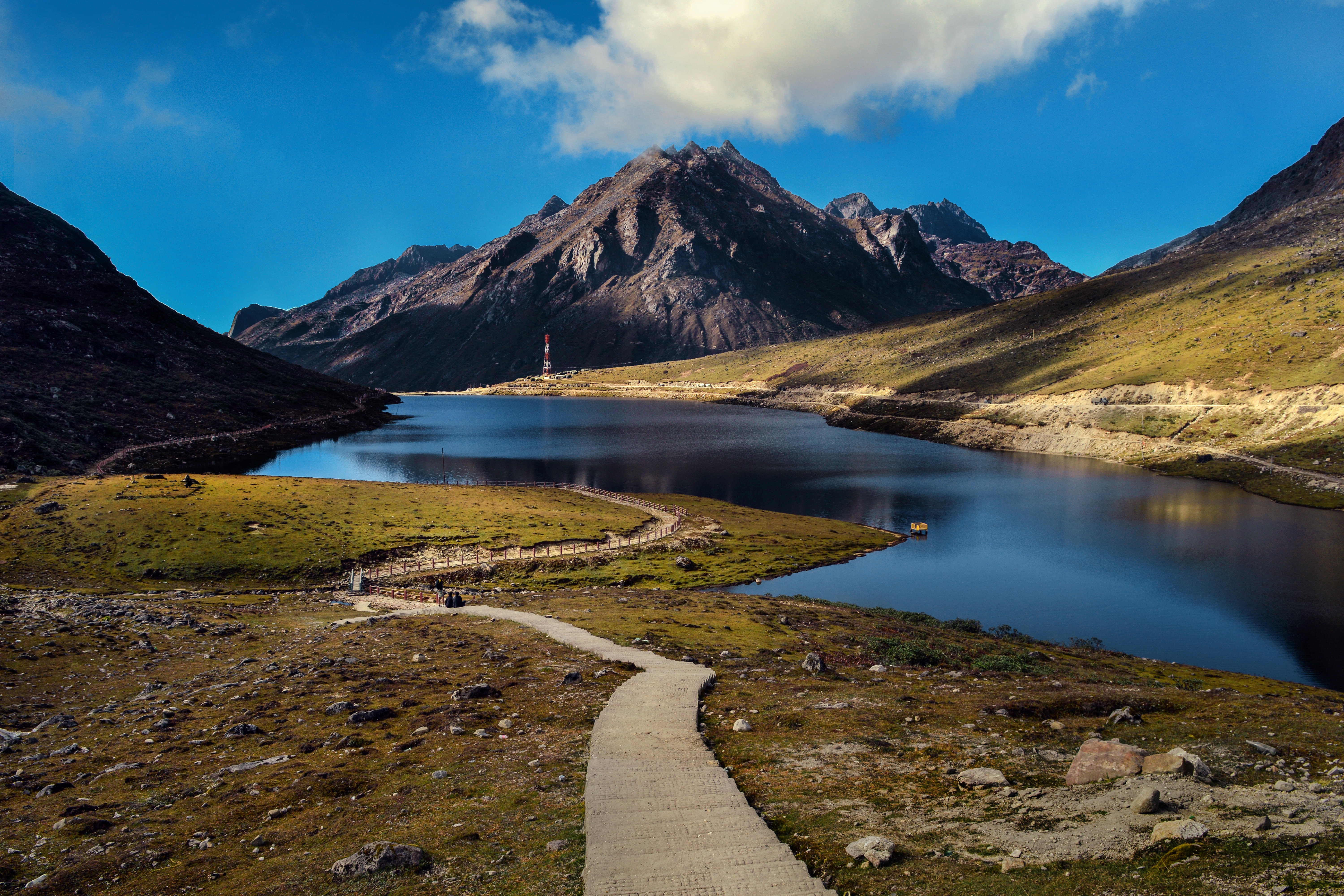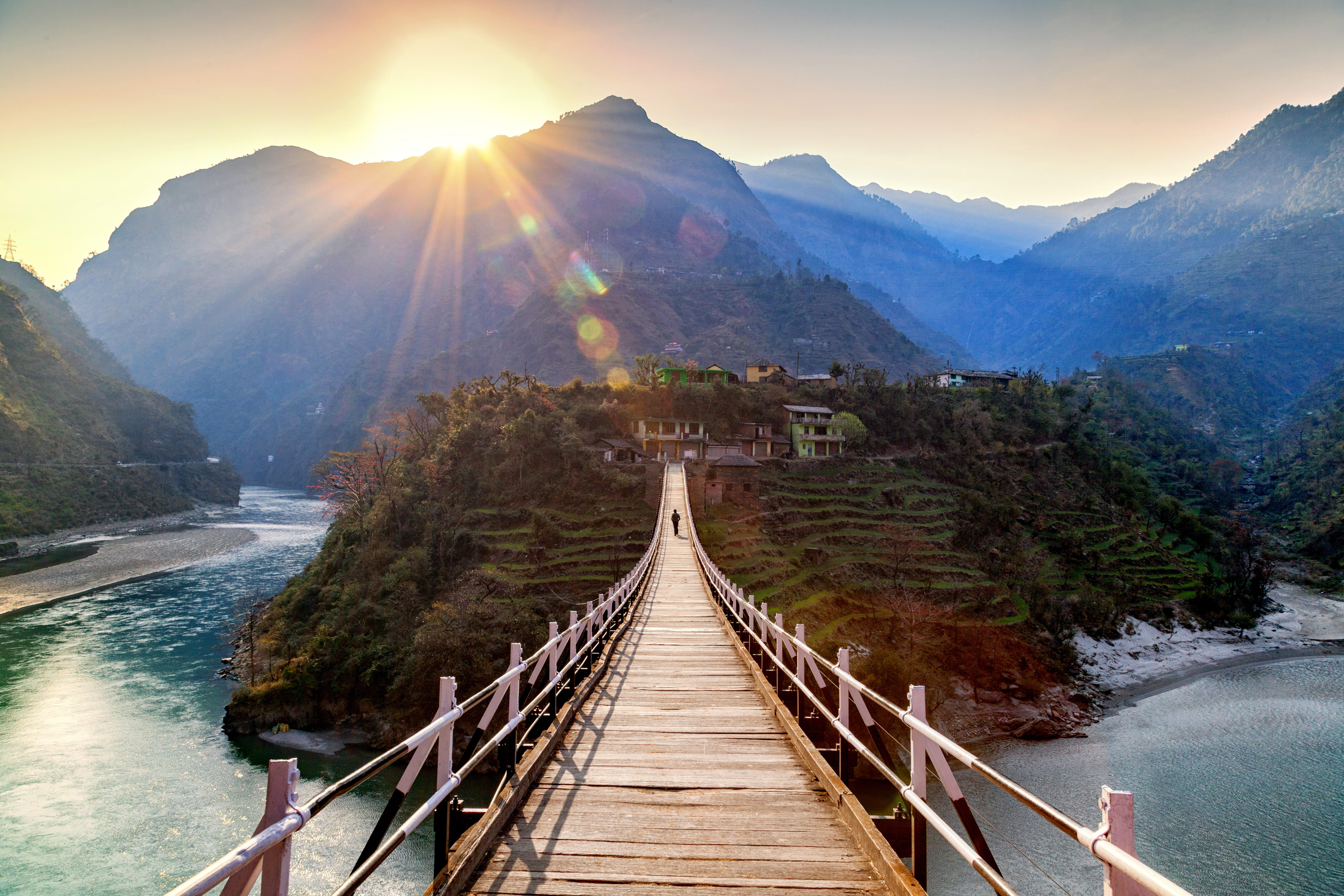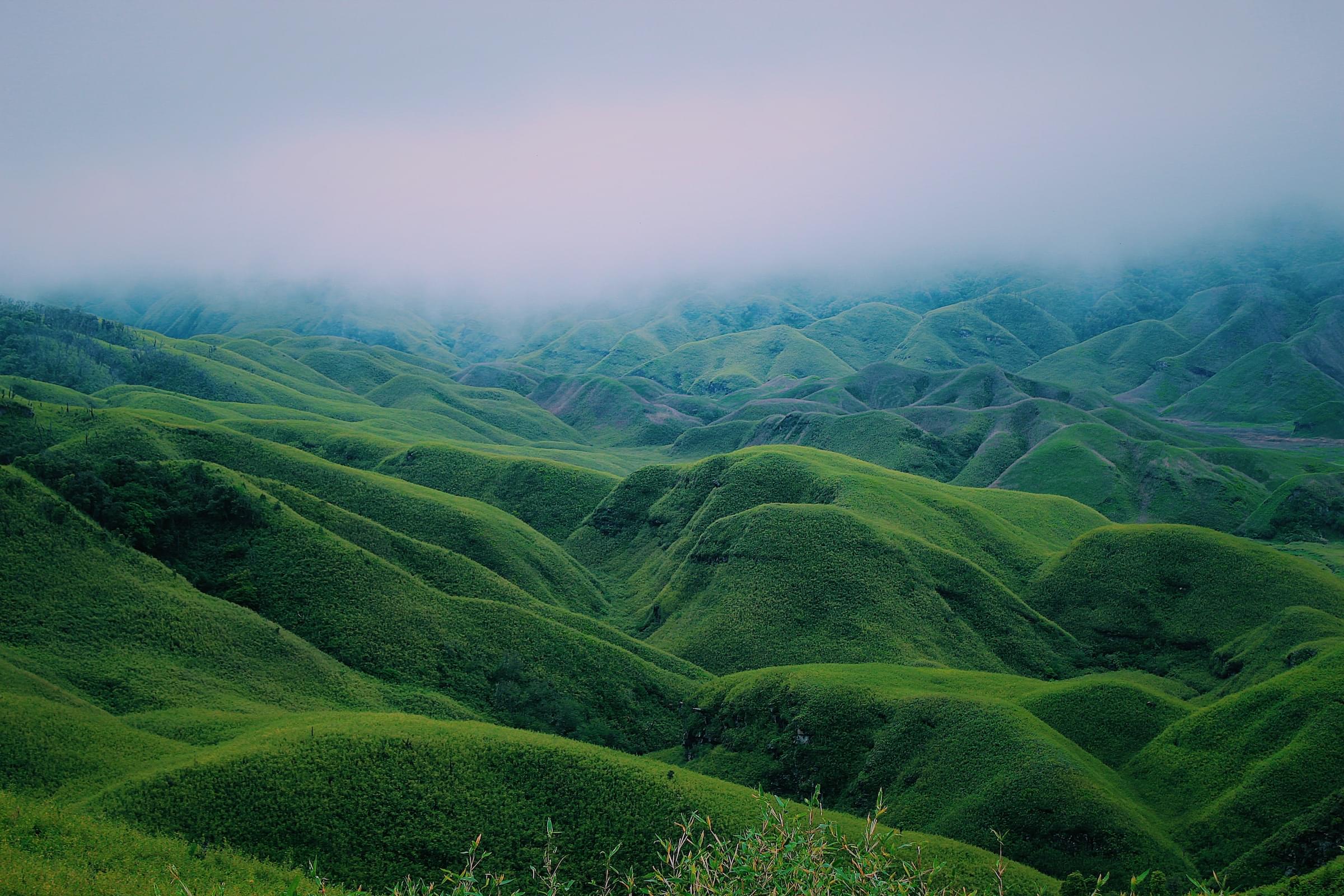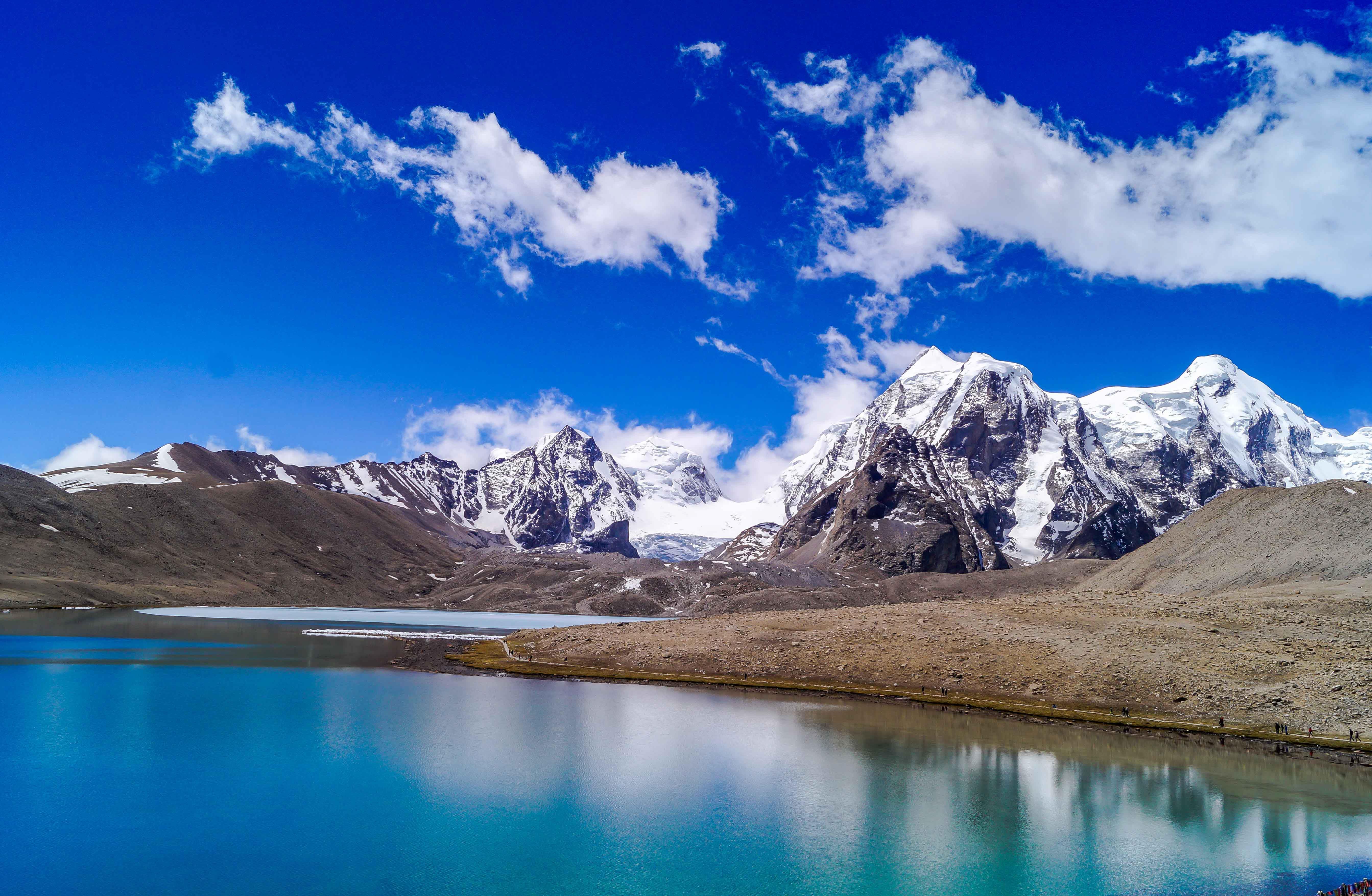About Manas National Park
Manas Wildlife Sanctuary is situated in the State of Assam in India which is a hotspot for biodiversity. This sanctuary is located around the various river channels of the Manas River and is a part of the core zone of the 283,700-hectare Manas Tiger Reserve. A variety of forested hills, alluvial grasslands, and tropical evergreen woods contribute to the site's visual appearance.
The Manas Wildlife Sanctuary serves as a home to 22 of the most endangered mammal species in India. There are around 60 species of mammals, 42 species of reptiles, 7 species of amphibians, and 500 species of birds overall, 26 of which are threatened globally. These include Elephants, tigers, larger one-horned rhinos, clouded leopards, and sloth bears. You can also see bison, deer, and a variety of birds here as well.
This place is famous for providing breathtaking landscapes, in addition to rich biodiversity. Set off on an adventure into the wild surroundings of Manas National Park, where every place offers a new experience.
Manas National Park Highlights
• Observe the wildlife species here, including majestic tigers, leopards, and endangered species like the one-horned rhino and the Bengal florican.
• Take Safari tours that provide a chance to explore the park's landscapes, and witness game drives and the marvellous wildlife species up close.
• Try adventurous activities in the park such as hiking through the jungle trails and witnessing parades of Elephants pass by you.
• Witness the lush tropical semi-evergreen forests and beautiful Manas River that offer plenty of chances for photography and exploration.
• Experience river rafting on the Beki River, where rushing waters and beautiful scenery promise an unforgettable adventure.
How To Reach Manas National Park
By Train: Guwahati is the nearest major railway station. From here, the national park is around 136 kilometres and the journey takes about 3 hours. You can also take another train from Guwahati to Barpeta Road Railway Station. It is approximately 44 kilometers away and takes 40 to 45 minutes to reach the park from here.
By Bus: From the Guwahati city centre, you can take a private bus or the Assam State Transport Corporation to travel the 4 to 5-hour distance to Manas National Park.
By Car/Cab: The distance of Manas National Park from Guwahati is around 136 and it takes 3 hours to reach the park from there. You can also hire a cab or drive to the National Park.
Best Time To Visit Manas National Park
Best Time of the Day: The best time of day to visit Manas National Park is during the early morning or late afternoon. During these times, wildlife activity is at its peak and the crowds are also less.
Best Time of the Week: Plan your visit during weekdays, from Monday to Thursday. On weekdays there are fewer crowds compared to weekends, thus providing a more peaceful experience in the park.
Manas National Park Other Essential Information
- Be respectful to wildlife creatures and try to maintain silence while having a closer look at them.
- Pack insect repellent and sunscreen for protection against bugs and sun.
- It is advised to leave the National Park before sunset is always advisable for safety.
- Do not feed anything to the animals.
- Carry binoculars and a camera for wildlife spotting and photography.
- Respect wildlife and maintain a safe distance from animals.
- Wear neutral colours like olive, grey, and khaki, to blend into the surroundings.
- Stay in authorized accommodations within or near the park for convenience.
- Follow park rules and regulations to ensure a safe and enjoyable experience.
Go on a Jeep safari
Explore the Manas National Park in Assam with an exciting jeep safari. These Jeep safari vehicles pick you up from your place of stay outside the forest reserves of the National Park and take you on a thrilling safari experience inside the wilderness of the dense forest reserves. Along your jeep safari ride, you can see many rare animal species like the One Horned Rhinoceros, Royal Bengal Tigers, Asiatic Wild Water Buffaloes, Asiatic Elephants, Fishing Cats, Clouded Leopards, Red Panda, Hispid Hares, and Pygmy Hogs.
Experience Elephant Safari
Elephant safari is a unique and exciting way to experience the park. One of the greatest ways to experience Manas National Park's tropical semi-evergreen landscapes is on an elephant safari journey. This experience is also known as the King's Ride because in the old times Kings used to ride on elephant backs. Very few animals dare to approach the elephants, so you can be sure of being safe on the backs of these magnificent creatures as you experience the elephant safari ride in Manas National Park.
Enjoy Birdwatching
It is no wonder that a place with such rich biodiversity is home to hundreds of rare kinds of birds that one does not come across commonly. This place is home to the world's largest population of endangered Bengal Floricans. Here, you can find a variety of avian species, including Rufous-necked Hornbill, Black-tailed Crake, Great Hornbill, and Swamp Francolin. The sound of birds singing fills the air, and you can listen, observe, and photograph them for hours here. Manas National Park can also be considered a dream destination for aspiring birdwatchers.

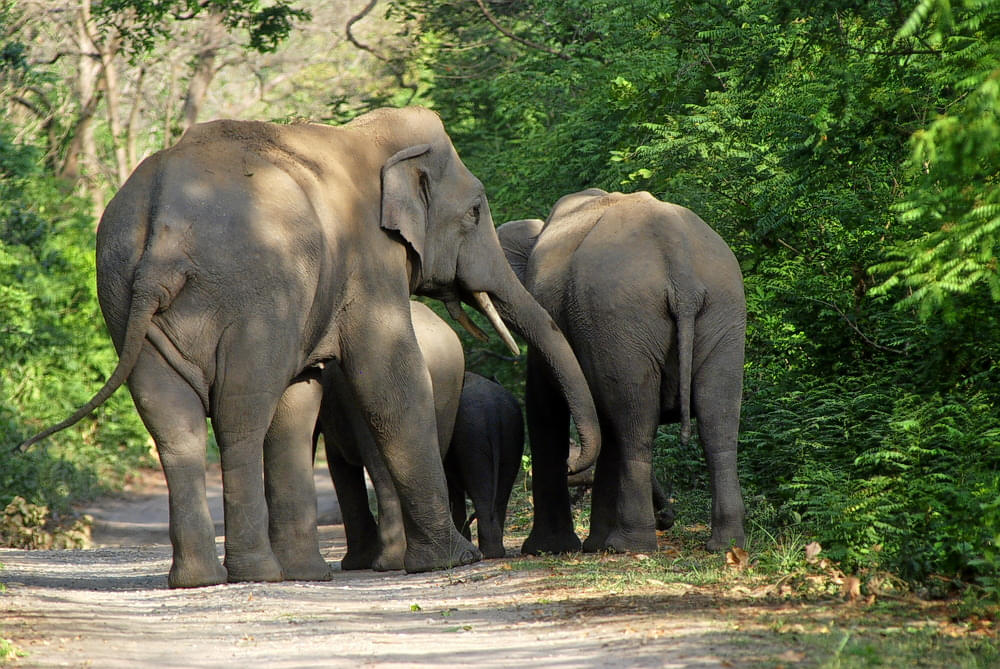
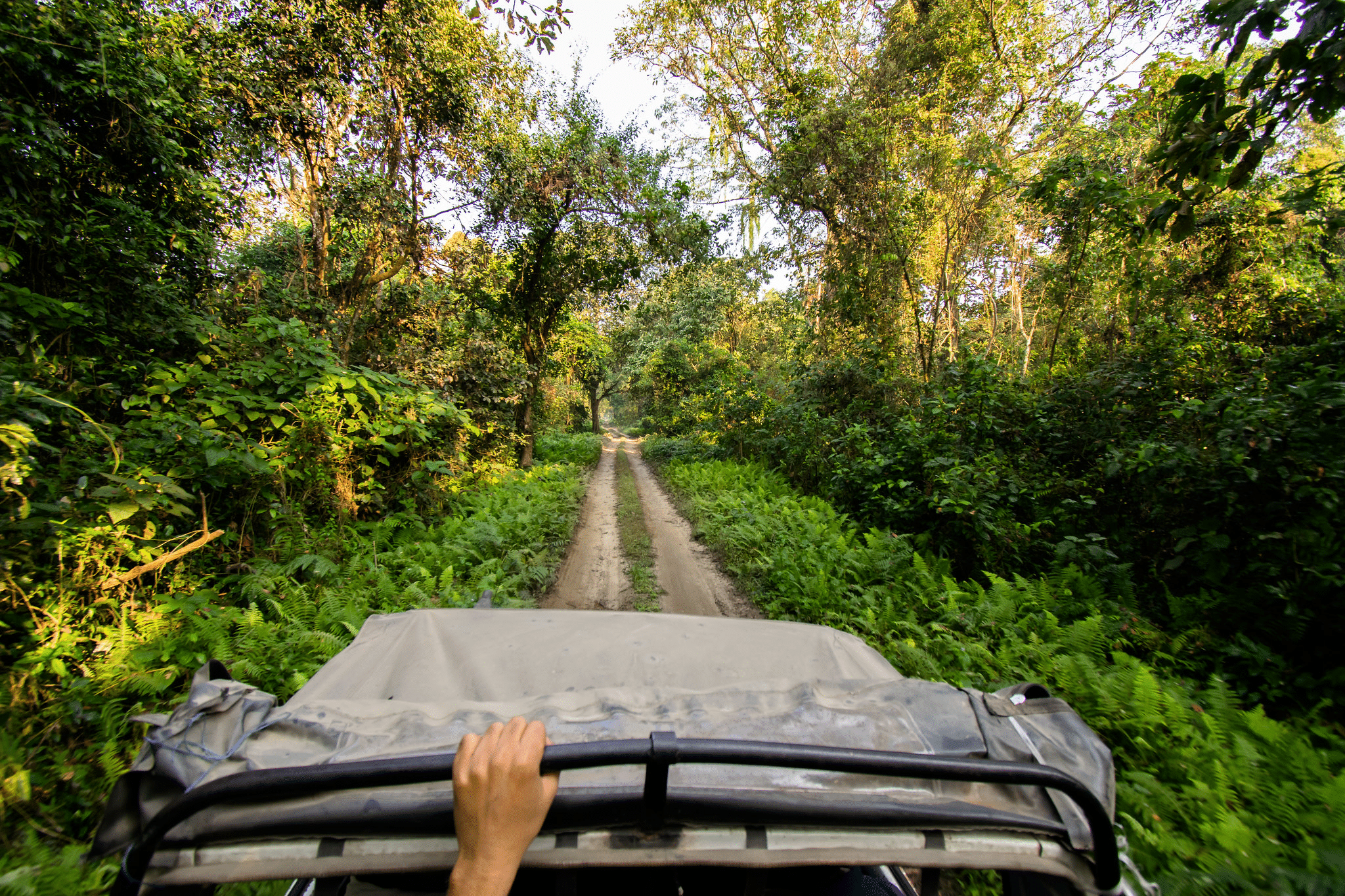
.png)

